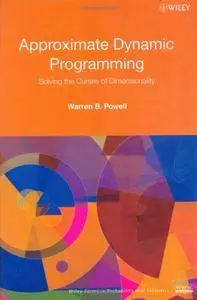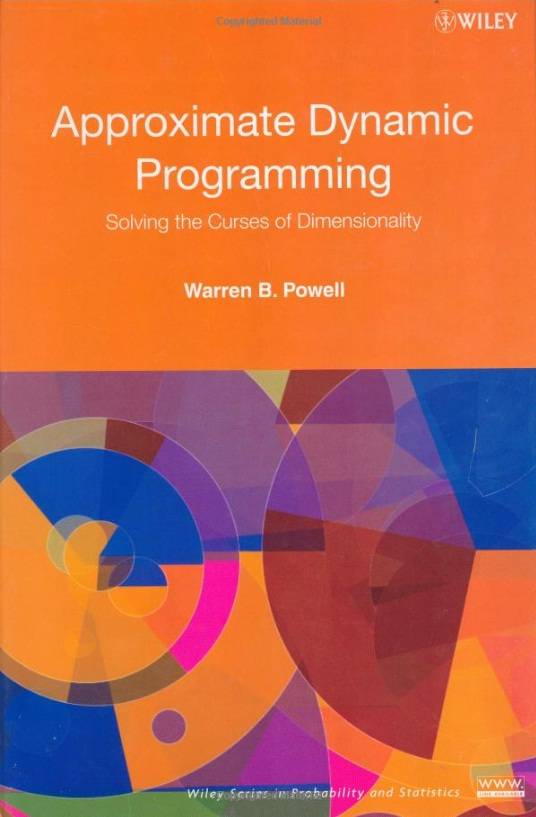Approximate Dynamic Programming: Solving the Curses of Dimensionality by Warren B. Powell
Publisher: Wiley-Interscience | 2007 | ISBN: 0470171553 | 488 pages | PDF | 24,6 MB
Publisher: Wiley-Interscience | 2007 | ISBN: 0470171553 | 488 pages | PDF | 24,6 MB
A complete and accessible introduction to the real-world applications of approximate dynamic programming
With the growing levels of sophistication in modern-day operations, it is vital for practitioners to understand how to approach, model, and solve complex industrial problems. Approximate Dynamic Programming is a result of the author's decades of experience working in large industrial settings to develop practical and high-quality solutions to problems that involve making decisions in the presence of uncertainty. This groundbreaking book uniquely integrates four distinct disciplines—Markov design processes, mathematical programming, simulation, and statistics—to demonstrate how to successfully model and solve a wide range of real-life problems using the techniques of approximate dynamic programming (ADP). The reader is introduced to the three curses of dimensionality that impact complex problems and is also shown how the post-decision state variable allows for the use of classical algorithmic strategies from operations research to treat complex stochastic optimization problems.
Designed as an introduction and assuming no prior training in dynamic programming of any form, Approximate Dynamic Programming contains dozens of algorithms that are intended to serve as a starting point in the design of practical solutions for real problems. The book provides detailed coverage of implementation challenges including: modeling complex sequential decision processes under uncertainty, identifying robust policies, designing and estimating value function approximations, choosing effective stepsize rules, and resolving convergence issues.



